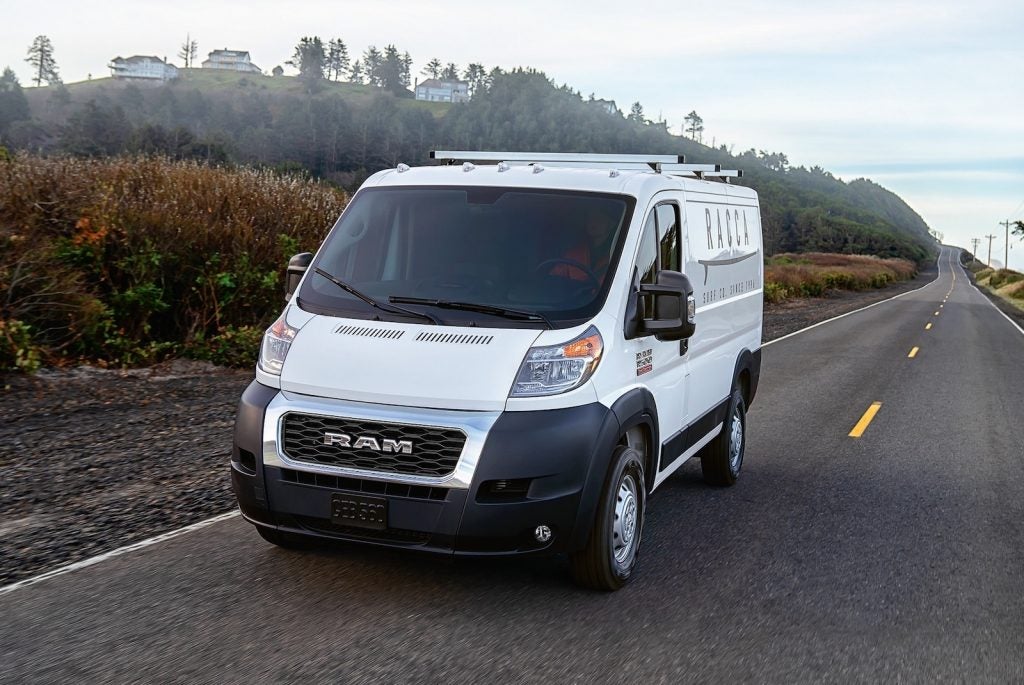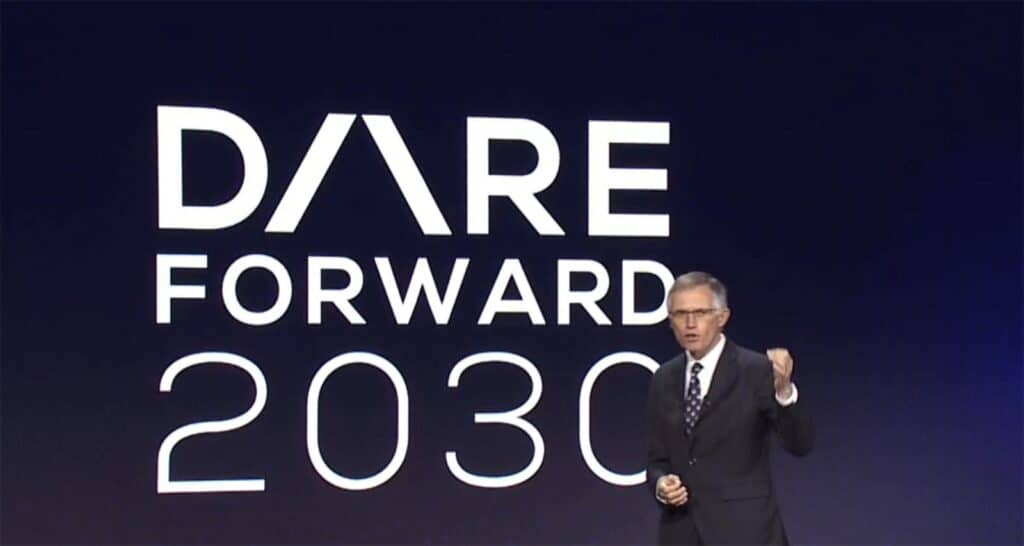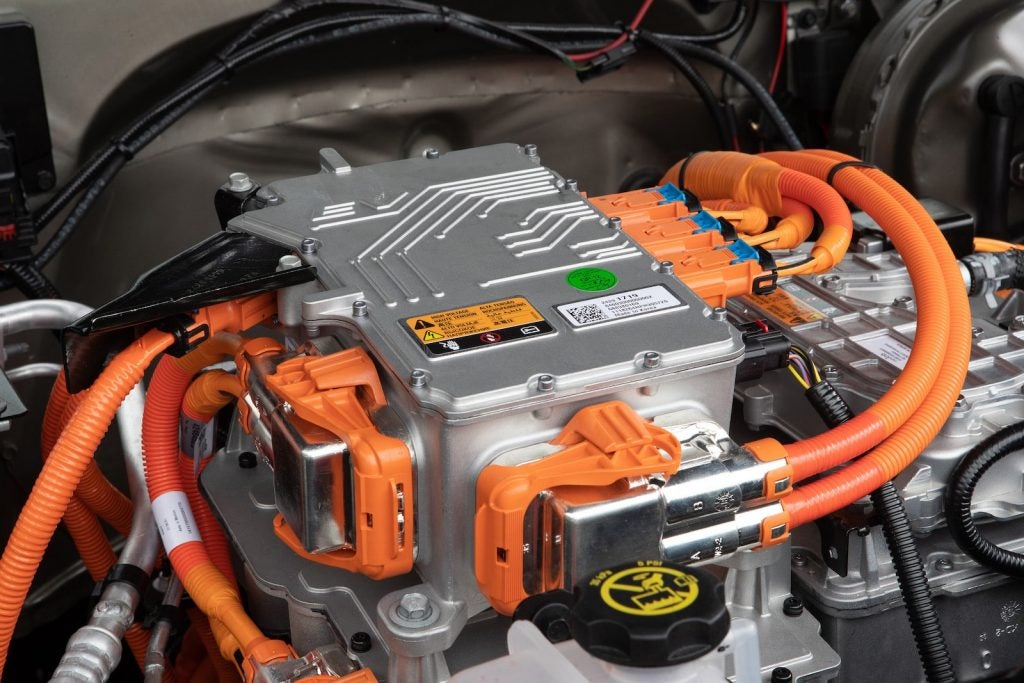Stellantis announced Friday a plan to allow owners of its vehicles to have them converted to run on battery power.

The project was developed by the Euro-American automaker’s Circular Economy unit and pairs it with French high-tech company Qinomic. However, specific details have yet to be released and the deal won’t be finalized until next year, with conversions expected to begin in 2024.
“The retrofit solution aims to extend vehicle life and usage, ensuring sustainability and affordability at the same time,” Stellantis said in a statement.
Conversion market growing fast
Converting gas and diesel-powered vehicles to run on batteries has grown substantially over the last several years, with dozens of conversion houses popping up.
Demand has been relatively modest, measured in the thousands of vehicles, but demand is expected to rise to more than 40,000 annually worldwide by 2025, according to a study released by ResearchandMarkets.com. It forecasts a compounded annual growth rate of 16.71% between 2021 and 2025.
The conversion market covers a wide range of vehicles, from muscle cars and sports cars, like the Ford Mustang and Porsche 911, to SUVs like the Land Rover Defender.
Project may focus on commercial vehicles

There is also growing demand in the commercial sector where fleet operators see opportunities to substantially reduce energy and maintenance costs. Another motivating factor: the growing number of “Low Emission Zones.” These “LEZs,” mostly located in Europe, either ban vehicles using internal combustion engines or saddle them with access fees.
The number of LEZs has increased by 40%, according to a report by the European Institute of Innovation and Technology, and is expected to continue expanding under the European Green Deal Plan. But there is pressure to put similar restrictions in place in some U.S. cities. And there are restrictions on commercial vehicle emissions being enacted in California and other states.
Though Stellantis did not provide specific details on the new joint venture, it appears from its statement that it will emphasize, if not focus entirely on commercial side.

“In a market boosted by last-mile demand, city access restrictions will soon require recent LCV (light commercial vehicles) owners to look for a solution to convert to zero emissions,” said Eric Laforge, Stellantis’ vice president of Light Commercial Vehicles in Europe. “Retrofitting technology like this will enable Stellantis to support this trend.”
Other automakers enter conversion market
Stellantis isn’t the only automaker getting into the conversion business, though its two Detroit-based rivals have themselves focused on providing electric drive components, rather than setting up conversion centers.
General Motors’ Chevrolet division began toying with EV conversions since 2019, when it brought a modified 1962 C-10 pickup to the annual SEMA Show. This past July, GM indicated it will formally begin providing an aftermarket conversion system. It will be called the Electric Connect and Cruise eCrate Package and will be ready to install in a variety of GM vehicles, though the automaker has yet to announce which ones. It also has yet to reveal pricing or performance numbers.

Ford last November launched the “Eluminator,” which its performance website describes as “the first of its kind to be engineered, developed and offered by an original equipment manufacturer.”
It has since struggled to meet demand for the package, which starts at $3,900. That figure doesn’t include the battery pack and some other key components. Add everything else that’s needed and the figure can soar.
A costly process
Indeed, converting to electric propulsion can be an expensive process, depending upon the vehicle, as well as the range and performance a customer is looking for.
Some conversions can be accomplished for as little as $8,000 to $10,000, according to experts. But GreenCarStocks advises potential retail customers to expect to spend at least $18,000 — and $30,000 isn’t unusual. Indeed, experts caution potential customers that six-figure projects are not out of the norm, some more sophisticated conversions running $250,000 and above.
Working with Qinomic, Stellantis is expected to push for ways to bring conversion costs down, something that could help it win even more customers.
- SEO Powered Content & PR Distribution. Get Amplified Today.
- Platoblockchain. Web3 Metaverse Intelligence. Knowledge Amplified. Access Here.
- Source: https://www.thedetroitbureau.com/2022/12/stellantis-partners-with-french-company-to-convert-old-models-to-evs/



